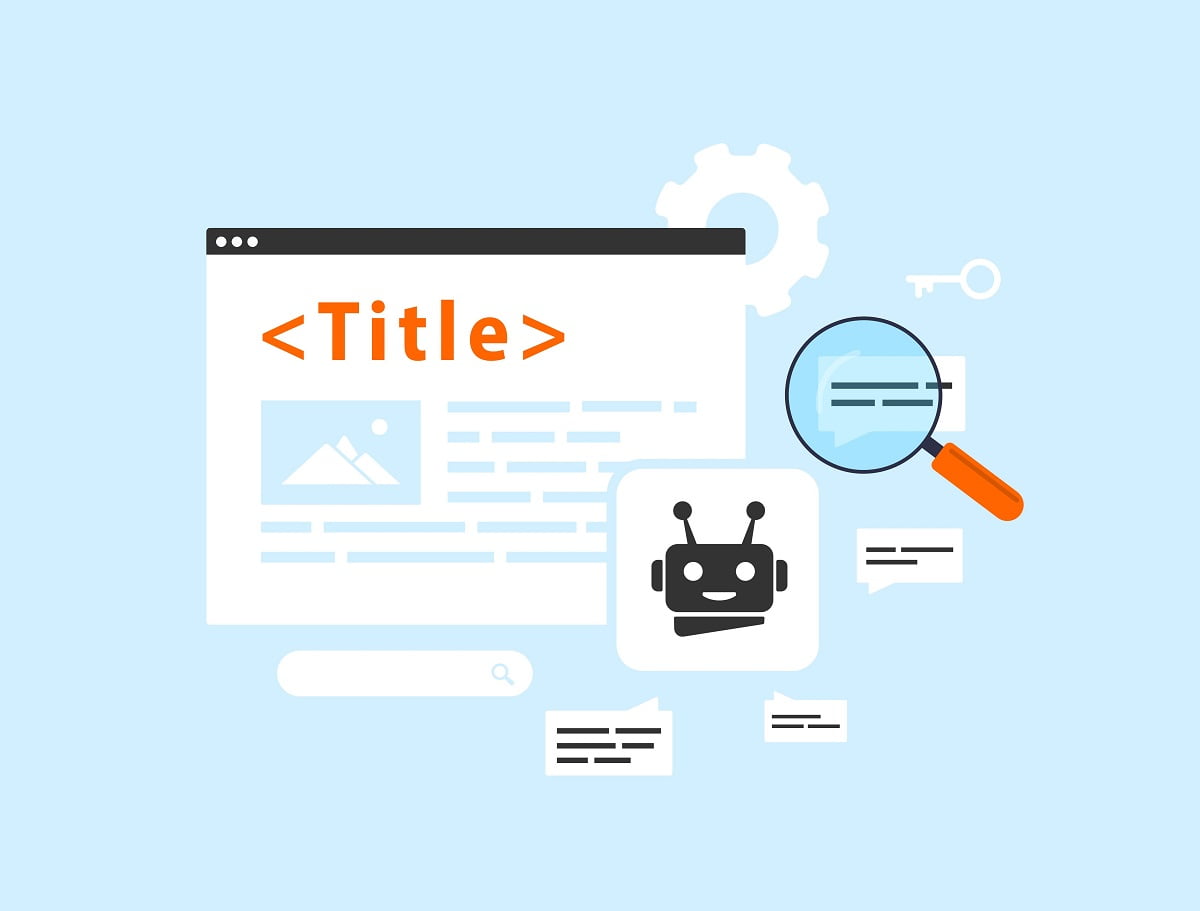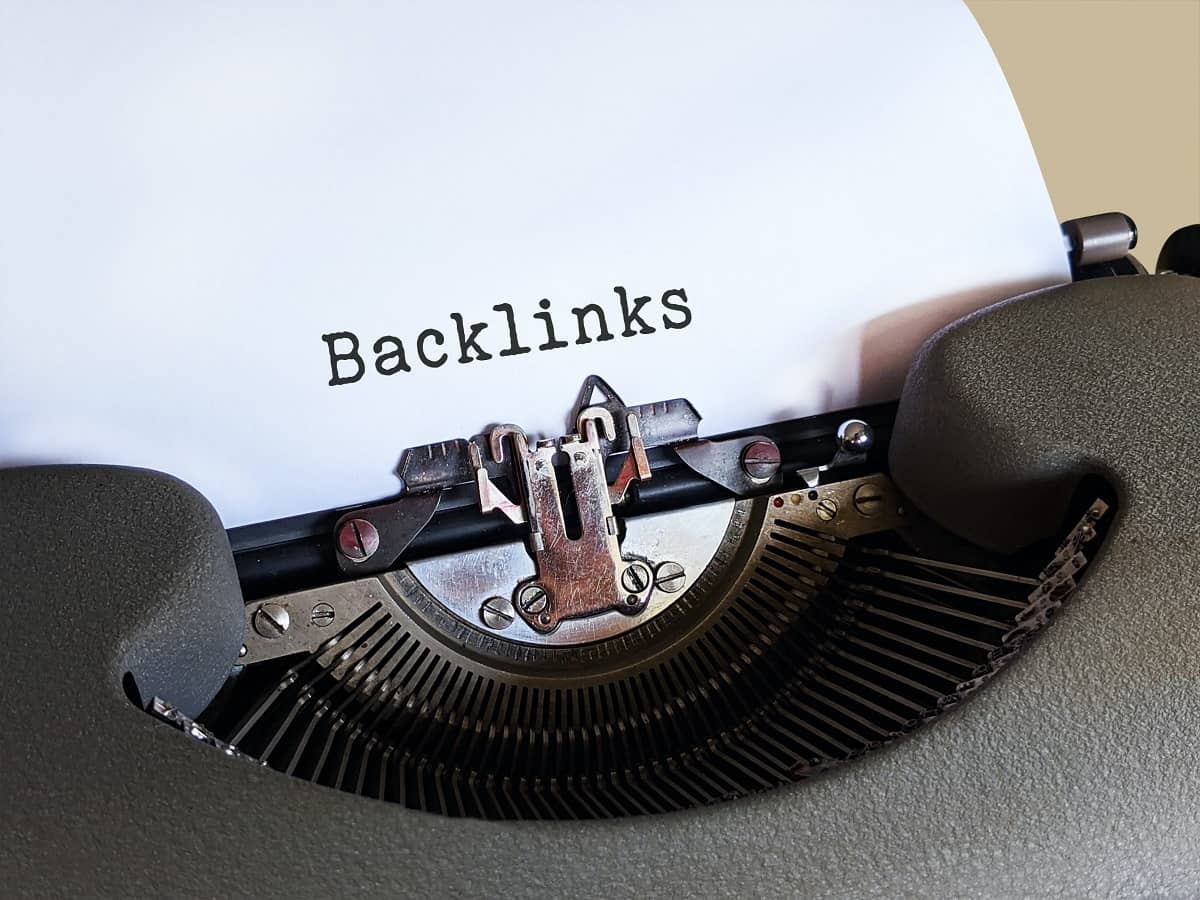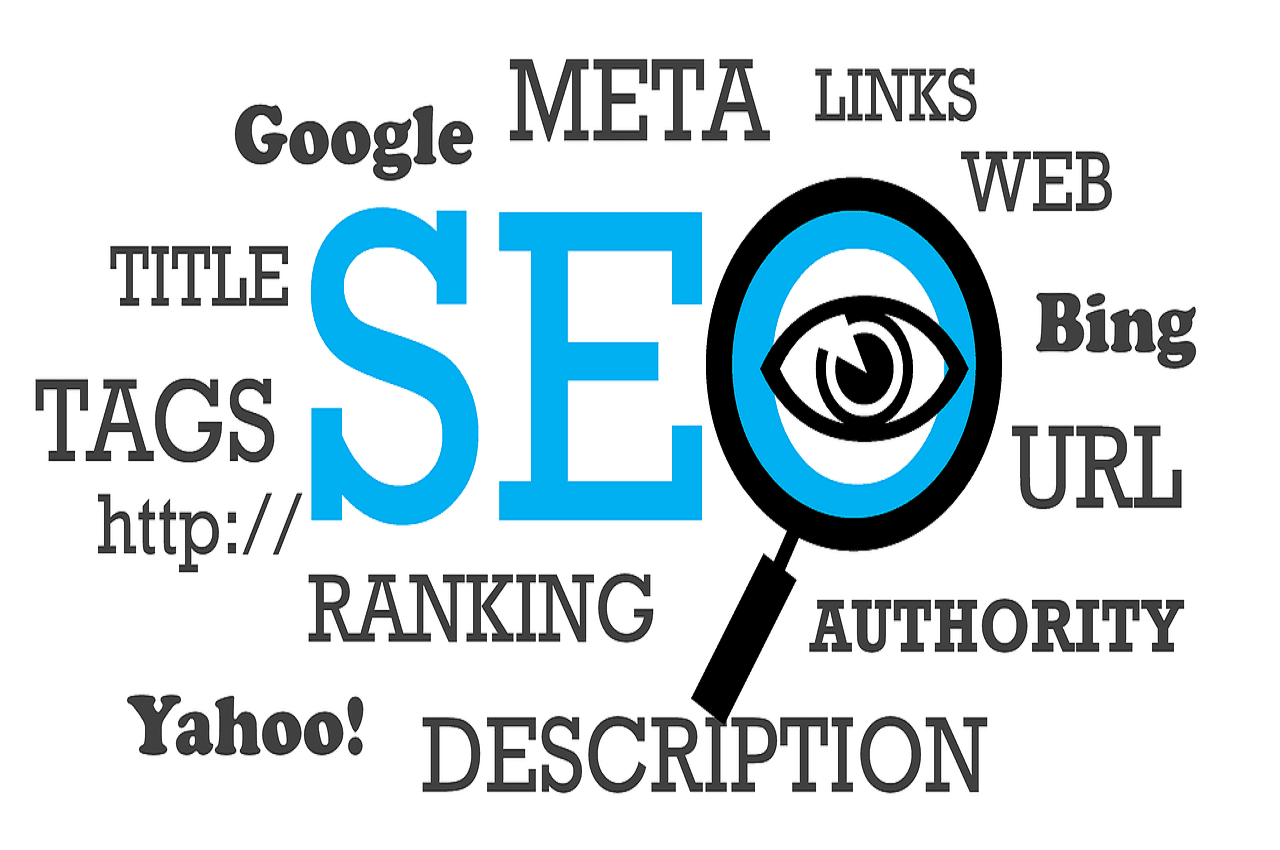The Art of Anchor Text Optimization in SEO

When it comes to Search Engine Optimization (SEO), anchor text optimization plays a crucial role in improving a website’s visibility and ranking on search engine result pages (SERPs). Anchor text refers to the clickable text within a hyperlink, and optimizing it involves using relevant keywords and phrases that accurately describe the linked content. By crafting compelling and keyword-rich anchor text, website owners can enhance the user experience, increase organic traffic, and ultimately boost their website’s SEO performance. In this article, we will explore the art of anchor text optimization and provide valuable insights on how to effectively leverage this SEO technique to drive better search engine rankings and attract more relevant visitors to your website.
Understanding Anchor Text in SEO
Anchor text plays a crucial role in search engine optimization (SEO). It refers to the clickable text within a hyperlink. When search engines crawl web pages, they analyze anchor text to understand the context and relevance of the linked page. Therefore, optimizing anchor text is essential for improving search rankings and driving organic traffic.
Anchor text can be categorized into different types:
- Exact Match Anchor Text: This type of anchor text includes the exact keyword or key phrase that the linked page is targeting. While it can be effective in signaling relevance to search engines, overusing exact match anchor text may lead to penalties due to spammy practices.
- Partial Match Anchor Text: Partial match anchor text contains a variation or partial match of the target keyword. It provides a more natural and diverse linking profile, helping to avoid keyword stuffing and potential penalties.
- Branded Anchor Text: Branded anchor text uses the brand name or website name as the clickable text. It helps establish brand recognition and trustworthiness.
- Naked URLs: Naked URLs are anchor texts that use the URL of the linked page as the clickable text. While they may lack keyword relevance, they can be useful in certain contexts, such as sharing the actual web address or linking to a specific page.
When optimizing anchor text, it’s important to consider the following best practices:
- Use descriptive and relevant anchor text that accurately reflects the content of the linked page.
- Diversify your anchor text by including a mix of different types to create a natural linking profile.
- Avoid excessive use of exact match anchor text to prevent potential penalties.
- Ensure your anchor text is easy to understand for users and search engines.
- Regularly audit and update anchor text to maintain relevancy and adapt to changes in your SEO strategy.
By understanding and effectively optimizing anchor text, you can enhance the visibility and credibility of your website in search engine results, leading to increased organic traffic and improved SEO performance.
Importance of Anchor Text Optimization
Anchor text optimization plays a crucial role in search engine optimization (SEO) strategies. It refers to the practice of optimizing the clickable text within a hyperlink. When search engine crawlers analyze anchor text, it provides them with valuable information about the content and context of the linked page.
Here are some reasons why anchor text optimization is important:
1. Improved Relevance
By using relevant anchor text that accurately describes the linked page’s content, you can improve the relevance and context for both users and search engines. It helps search engines understand the topic of the linked page, increasing its chances of ranking higher in relevant search queries.
2. Increased Click-Through Rates
Optimizing anchor text can also lead to higher click-through rates (CTRs) from search engine results pages (SERPs). Descriptive and compelling anchor text can attract users’ attention and entice them to click on the link, driving more organic traffic to your website.
3. Enhanced User Experience
Anchor text optimization contributes to a better user experience by providing clear expectations of the linked page’s content. When users have a clear understanding of where a link will take them, they are more likely to engage with it. This can improve user satisfaction and reduce bounce rates.
4. Internal Linking Structure
Proper anchor text optimization can help establish a well-structured internal linking system within your website. By using descriptive anchor text, you can guide users and search engines to relevant pages within your site, improving navigation and overall website organization.

Best Practices for Anchor Text Optimization
Anchor text optimization is a crucial aspect of search engine optimization (SEO) that can greatly affect your website’s visibility and ranking on search engine results pages (SERPs).
1. Use Relevant and Descriptive Anchor Text
When creating anchor text, it is essential to use relevant and descriptive words or phrases that accurately summarize the content of the linked page. This helps search engines understand the context and relevance of the link, improving the overall SEO value.
2. Avoid Generic Anchor Text
Avoid using generic anchor text, such as “click here” or “read more,” as it provides little to no information about the linked page. Instead, opt for specific and keyword-rich anchor text that accurately reflects the content users will find after clicking on the link.
3. Maintain a Natural Anchor Text Distribution
It is important to maintain a natural anchor text distribution to avoid appearing manipulative to search engines. Avoid over-optimization by using a variety of anchor text variations, including branded terms, long-tail keywords, and partial match keywords.
4. Keep Anchor Text Concise
Keep your anchor text concise and to the point. Long and overly complex anchor text can confuse users and dilute the impact of your links. Aim for simplicity and clarity to ensure users understand the relevance of the linked page.
5. Use Internal and External Links
Anchor text optimization applies to both internal and external links. Internal links help search engines navigate and understand your website’s structure, while external links provide credibility and authority. Use optimized anchor text for both types of links to maximize SEO benefits.
6. Regularly Review and Update Anchor Text
SEO is an ongoing process, and anchor text optimization should be regularly reviewed and updated. Monitor the performance of your anchor text over time, analyze user engagement metrics, and make adjustments as necessary to improve SEO effectiveness.
By following these best practices for anchor text optimization, you can enhance your website’s SEO performance and increase its visibility on search engine results pages. Remember to always prioritize relevance, user experience, and natural distribution when creating and optimizing anchor text.

Types of Anchor Text to Use for SEO
Anchor text plays a crucial role in search engine optimization (SEO) as it helps search engines understand the context and relevance of linked pages. Choosing the right types of anchor text is essential for effective SEO strategies. Here are four types of anchor text to consider:
1. Exact Match Anchor Text
Exact match anchor text refers to using the exact keyword or key phrase as the clickable text. For example, if you want to rank for the keyword “best SEO practices,” you can use “best SEO practices” as the anchor text. While this type of anchor text can be effective, it’s important to use it sparingly and naturally to avoid over-optimization.
2. Partial Match Anchor Text
Partial match anchor text involves using a variation or a partial keyword match within the anchor text. For instance, if your target keyword is “SEO techniques,” you can use anchor text like “effective SEO techniques” or “advanced SEO techniques.” This type of anchor text provides some flexibility while maintaining relevance.
3. Branded Anchor Text
Branded anchor text involves using your brand name or your website’s name as the anchor text. For example, if your brand name is “SEO Experts Inc.,” you can use “SEO Experts Inc.” as the anchor text. Branded anchor text helps build brand recognition and can be useful for strengthening your brand’s online presence.
4. Naked URLs and Generic Anchor Text
Naked URLs or generic anchor text refers to using the full URL of a webpage as the anchor text, such as “https://www.example.com” or “click here.” While not as descriptive as other types of anchor text, it can still provide value in certain situations. However, it’s important to note that overusing naked URLs or generic anchor text may not provide as much SEO benefit as more keyword-focused options.
When optimizing anchor text, it’s crucial to maintain a natural and diverse link profile. A healthy mix of different types of anchor text can help improve your website’s visibility in search engine results pages (SERPs) while avoiding penalties associated with over-optimization. Experiment with different types of anchor text to find what works best for your SEO strategy.
Common Mistakes to Avoid in Anchor Text Optimization
Anchor text optimization is a crucial aspect of SEO that can greatly impact the visibility and ranking of a website. However, there are several common mistakes that webmasters often make when optimizing anchor text. In order to maximize the effectiveness of your anchor text strategy, it is important to avoid these pitfalls:
Using Generic Phrases
One common mistake is using generic phrases such as “click here” or “learn more” as anchor text. These phrases provide little context to search engines and users, making it difficult for them to understand the relevance of the linked page. Instead, use descriptive and keyword-rich phrases that accurately represent the content of the linked page.
Over-Optimizing Anchor Text
Another mistake is over-optimizing anchor text by excessively using target keywords. While it is important to use relevant keywords in anchor text, overdoing it can lead to keyword stuffing and can be seen as spammy by search engines. Maintain a natural balance and vary your anchor text with different keyword variations and related terms.
Ignoring Internal Linking
Some webmasters focus solely on optimizing anchor text for external links, neglecting the importance of internal linking. Internal links play a crucial role in website navigation and user experience, and they also provide search engines with more information about the structure and hierarchy of your website. Be sure to optimize anchor text for internal links as well.
Not Checking for Broken Links
Broken links can negatively impact user experience and SEO. When optimizing anchor text, it is important to regularly check for broken links and fix them promptly. Broken links can lead to a poor user experience and can also cause search engine crawlers to miss important pages on your website.
Forgetting Mobile Optimization
In today’s mobile-first world, it is crucial to optimize anchor text for mobile devices. Make sure that your anchor text is easily clickable and visible on smaller screens. Avoid using long phrases or small font sizes that make it difficult for mobile users to interact with your links.
By avoiding these common mistakes and following best practices in anchor text optimization, you can improve the visibility, relevance, and overall SEO performance of your website.
Conclusion
In conclusion, anchor text optimization is a crucial aspect of SEO that can significantly impact a website’s search engine rankings and visibility. By carefully selecting relevant and descriptive anchor text, website owners can enhance the user experience, improve organic traffic, and establish a strong online presence. It is important to strike a balance between incorporating keywords and promoting natural, user-friendly linking. Regularly monitoring and updating anchor text links can help ensure that websites stay relevant and competitive in the ever-evolving landscape of search engine optimization.





